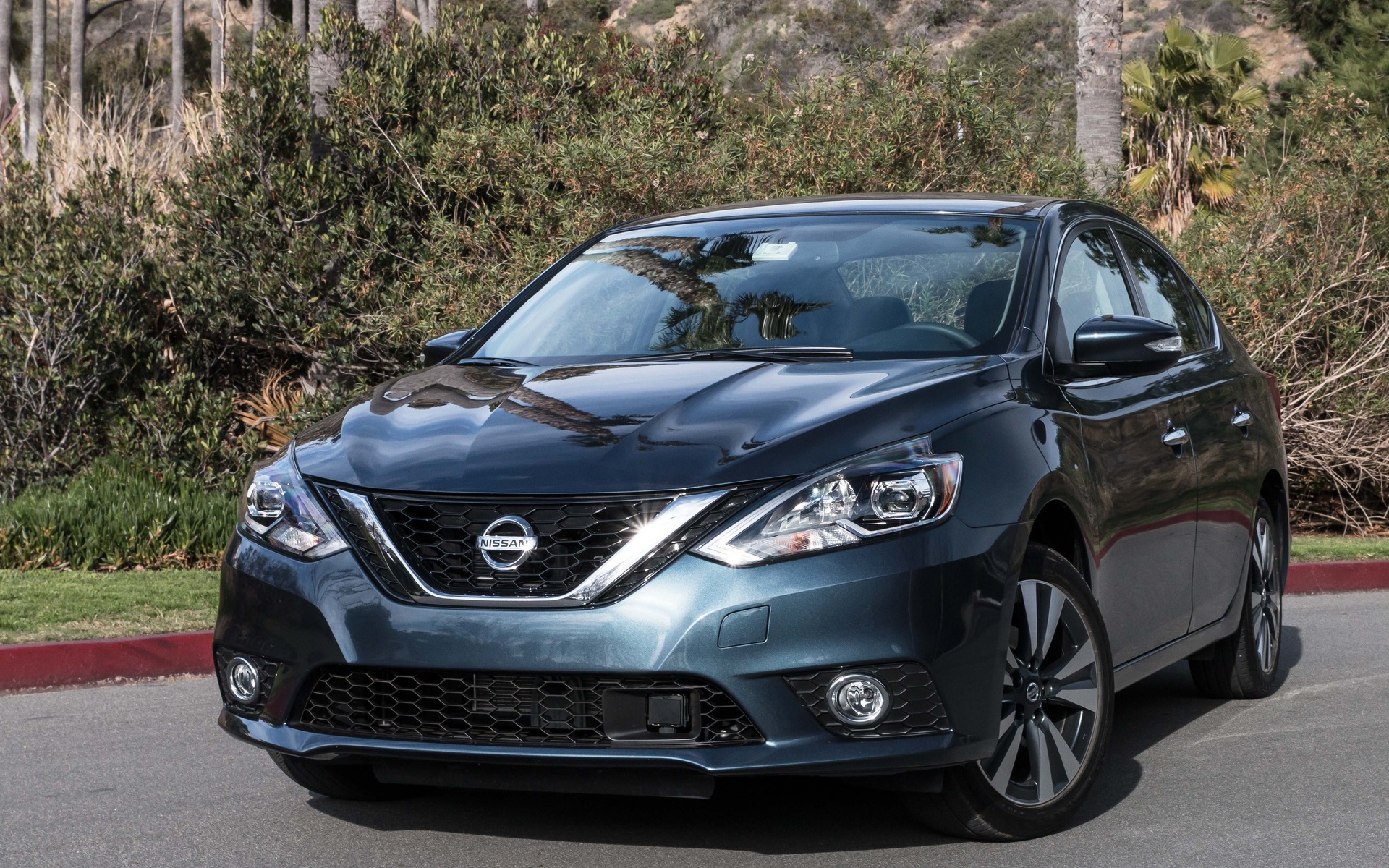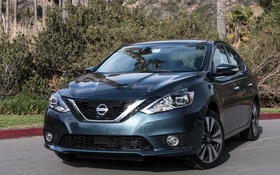2016 Nissan Sentra: 20% New, 50% Better

| Strong points |
|
|---|---|
| Weak points |
|
Let’s begin by discussing the meaning of the title of this article.
In the most ambitious mid-generation refresh in Nissan history, 20% of the 2016 Sentra's parts are new. In other words, your 2016 Sentra is 20% different from your neighbour's 2015 Sentra.
- Also: Nissan Sentra finally gets the JUKE's Turbocharged Engine
- Also: Nissan Rogue and Sentra SR Turbo await our presence in Georgia
Then again, they say that our DNA is 99% identical to that of apes—and yet there’s a big difference between humans and our primate cousins.
The old 2015 Sentra was a comfortable car, but even more of a colossal bore than the Toyota Corolla! You'll be happy to learn that Nissan listened to the critics and worked hard to correct the situation.
So, what’s the result?
A decidedly different body and a decidedly indifferent passenger cabin.
Don’t forget, the 2016 Sentra is not a new generation. When a model starts to become dated, manufacturers often make tweaks to see the vehicle through the next two or three years. Usually, a refresh consists of a few minor esthetic changes.
The 2016 Sentra, however, is very different. Both in front and in back, there are now sporty accents like those found on the Maxima, whose shape is now the inspiration for most Nissan products.
Overall, this Sentra is more chiselled, more precise, and better looking. But if there’s one area where a more thorough refresh would have been welcome, it’s the cabin. Even though they added the 370Z’s sportier steering wheel, which looks a lot like the one in the Juke, it’s still not enough to make up for the old interior’s lacklustre style.
The bigger multimedia screen and new controls fall flat in the sense that the screen seems to have been purchased from a supplier and popped smack middle of the dashboard.
That said, the cabin’s ergonomics are flawless. All buttons are within reach and the backseats are very accommodating for a compact car.
The fact remains that if you compare the interior of the 2016 Sentra to that of its competitors, like the Mazda3 and the Toyota Corolla, the Nissan has a long way to go.
The infotainment system works well, but some iPhone users may have trouble listening to music on their phone using Bluetooth. In our case, the main screen asked us to stand by for several minutes while it connected. While we didn’t have the same issue with an Android-based phone, it’s too soon to say if the problem is systemic.
If you’ve got a sharp eye, you’ll notice a new screen that displays car and driving information among the dashboard’s gauges. It’s nice and has good resolution.
Same engine, revamped CVT
There’s still the same 1.8-litre four-cylinder engine under the Sentra’s hood. With 130 horsepower and 128 foot-pounds of torque, the Sentra isn’t slow, but it isn’t very fast either.
The basic set-up is a six-speed manual gearbox that connects the engine to the front wheels, but most trims come with an automatic CVT.
This CVT is based on the one in the Murano and the most recent Maxima. It does a good job moving the car, but it doesn’t exactly make the ride dynamic. With Eco, Normal and Sport modes, the handling can be adjusted to your driving style.
Fuel economy is good in Normal mode, but Sport mode, which improves the accelerator responsiveness in particular, is less fuel efficient. On a combined city/highway trip, we recorded 8.0 L/100 km, which is more than Nissan claims. If you’re careful, you might get this number below 7.5 L/100 km.
The best for last
The 20% new parts include suspension springs that are 10% more rigid than those of the 2015 Sentra and a steering column that’s been modified for greater precision.
The steering provides a lot more feedback and the suspension makes the ride livelier without compromising comfort, which is remarkable for a compact car.
At all speeds, this Sentra seems in control—and that represents a big improvement. With its spacious, quiet and comfortable passenger compartment, the Sentra is now a desirable option, since most of its problems have been resolved.
The 2016 Sentra is paving the way for new generation, which is expected in a few years. Now, to maintain its momentum, Nissan must absolutely improve the cabin design as it’s currently much less refined than what the competition offers. Plus, a fresh interior would give the Sentra a personality all its own.
If the car is 50% better with 20% new parts, imagine what Nissan could do with 100% new parts!











